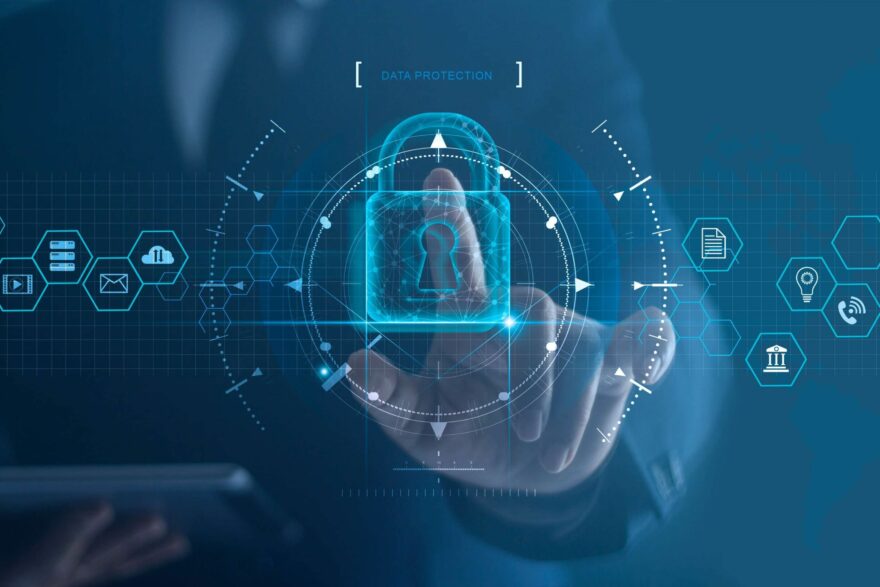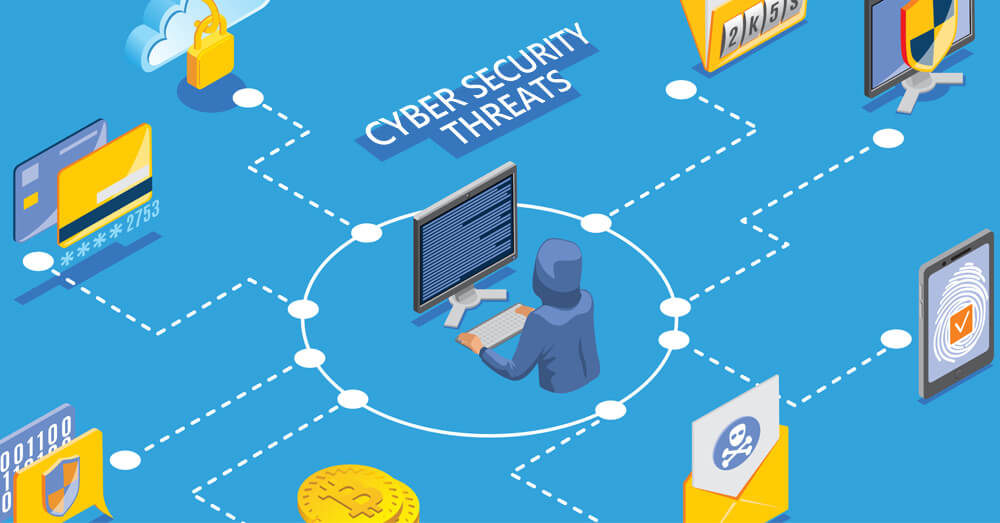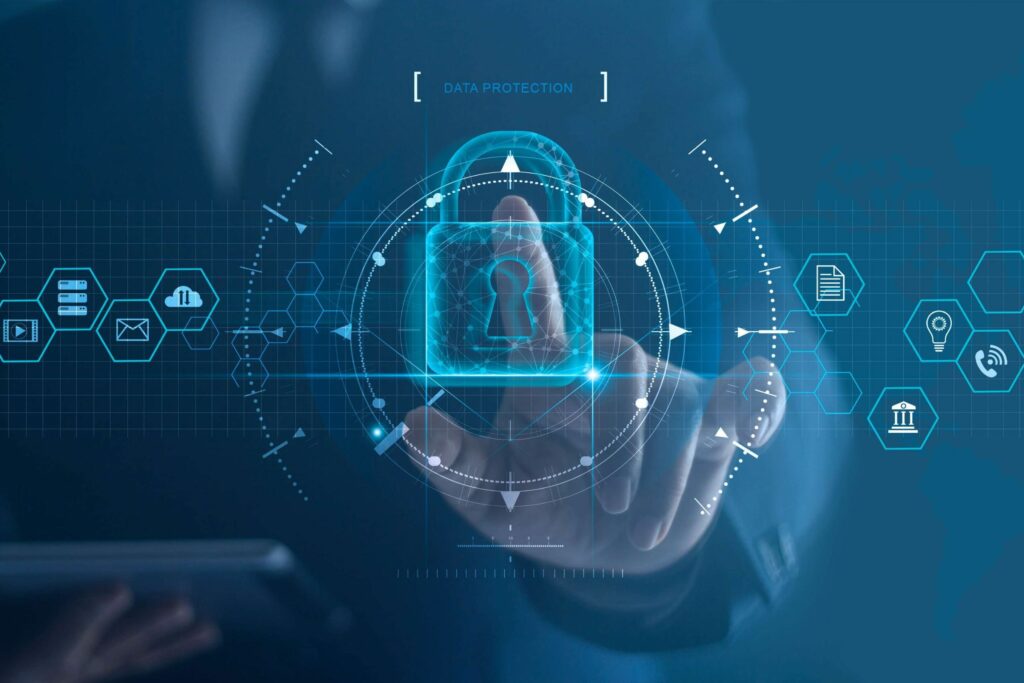In our fast-paced digital era, where data is booming, archiving and cybersecurity aren’t just organizational functions—they’re the bedrock of maintaining data compliance.
To understand how archiving and cybersecurity work together to bootstrap a company’s compliance efforts, you must understand how these two seemingly distinct areas interlink to create a robust framework for meeting various compliance standards.
Understanding Archiving in the Digital Age
Archiving, at its core, is the long-term preservation of information. In a world driven by data, digital archiving has evolved far beyond physical file storage. It encompasses a broad spectrum of digital assets, from emails and office documents to social media posts and multimedia content.
Making sure your digital archiving is in line with compliance requirements is crucial for the effectiveness of your archiving strategy.
With stringent regulations like GDPR, HIPAA, and the Sarbanes-Oxley Act, organizations must ensure data is not only stored properly but also retrievable and secure over extended periods of time.
This is why data archiving is an integral part of a successful data lifecycle management plan.
The Role of Cybersecurity in Safeguarding Archives
Cybersecurity plays the role of protector in this duo. It’s about defending the archived data against unauthorized access, breaches, and other cyber threats. Effective cybersecurity measures ensure that the integrity and confidentiality of archived data are maintained, thus playing a central role in compliance.
To ensure robust security, organizations ought to deploy various strategies.
The first is data encryption, which scrambles data and makes it unreadable without the correct key. The second includes rigorous access controls, ensuring only authorized personnel can access sensitive archived data.
Regular security audits and compliance with cybersecurity standards like ISO 27001 further strengthen this defense.
Email Archiving Solutions: A Case Study in Compliance
A prime example of how data archiving and cybersecurity go hand in hand is seen in email archiving solutions.
These systems go beyond mere storage; they organize, secure, and make every email an organization sends and receives searchable. Email plays a crucial role in business communication, and with the regulatory demands for email retention, these solutions have become absolutely essential.
Effective email archiving solutions address compliance on multiple fronts. They help in efficiently retrieving needed information during legal discoveries or audits. They also play a significant role in cybersecurity, protecting archived emails from unauthorized access and ensuring their integrity over time.
Compliance: The Ultimate Goal
Both archiving and cybersecurity ultimately aim for compliance.
Various regulations dictate specific requirements for data privacy, retention, and protection. Archiving ensures that data is kept in an accessible yet unaltered state for the required retention period.
Cybersecurity complements this by safeguarding the data from external threats and unauthorized access.
Together, they address key compliance requirements such as data integrity and availability, privacy and confidentiality, detailed audit trails, and robust incident response mechanisms.
The Balancing Act: Accessibility vs. Security
One of the biggest challenges in marrying archiving and cybersecurity is balancing data accessibility with security. Archived data must be secure and readily available for business or compliance purposes.
Achieving this balance requires a nuanced approach, incorporating both stringent security measures and efficient data retrieval systems.
Adapting to Evolving Threats and Regulations
The landscape of cyber threats and regulatory requirements is ever-changing. Organizations must remain agile, adapting their archiving and cybersecurity strategies to stay ahead of potential threats and in line with new regulations.
Resource Allocation and Management
Implementing and maintaining effective archiving and cybersecurity systems require significant resource allocation. This includes investment in technology and skilled personnel. Organizations must judiciously manage these resources to ensure optimal data protection and compliance.
Best Practices for Compliance
To navigate the complexities of archiving and cybersecurity for compliance, organizations should:
- Develop a comprehensive data management strategy that encompasses the entire data lifecycle.
- Stay abreast of regulatory changes and ensure their archiving and cybersecurity practices are updated accordingly.
- Invest in training and awareness programs for staff to understand the importance of data compliance and the role of cybersecurity.
- Leverage advanced technologies like AI and machine learning to enhance the efficacy of archiving and cybersecurity measures.
- Seek expert guidance from legal, data management, and cybersecurity professionals to fine-tune strategies for compliance.
The Future of Archiving and Cybersecurity
As technology evolves, so too must archiving and cybersecurity practices. The advent of cloud computing, artificial intelligence, and blockchain technology presents new opportunities and challenges for data compliance.
Cloud-based archiving solutions offer scalability and flexibility, allowing organizations to adapt to changing data volumes seamlessly. Similarly, AI-driven cybersecurity tools enhance threat detection and response capabilities, enabling proactive defense against emerging threats.
Aside from these two, blockchain technology promises to ensure data integrity and transparency, particularly in industries like finance and healthcare. Blockchain-based archiving solutions enable organizations to create tamper-proof records, enhancing trust and accountability in their data management practices.
Embracing these innovations will be crucial for staying ahead in the ever-evolving landscape of data compliance and cybersecurity.
Conclusion
In summary, when harmoniously integrated, archiving and cybersecurity are central elements of every organization’s compliance framework. While archiving is about preserving data for the long term, cybersecurity is about protecting it from threats.
Combined, they ensure that organizations store their data securely and meet the stringent regulatory requirements of today’s digital world.
Also Read: What Entrepreneurs and Business Owners Must Understand About Cybersecurity


